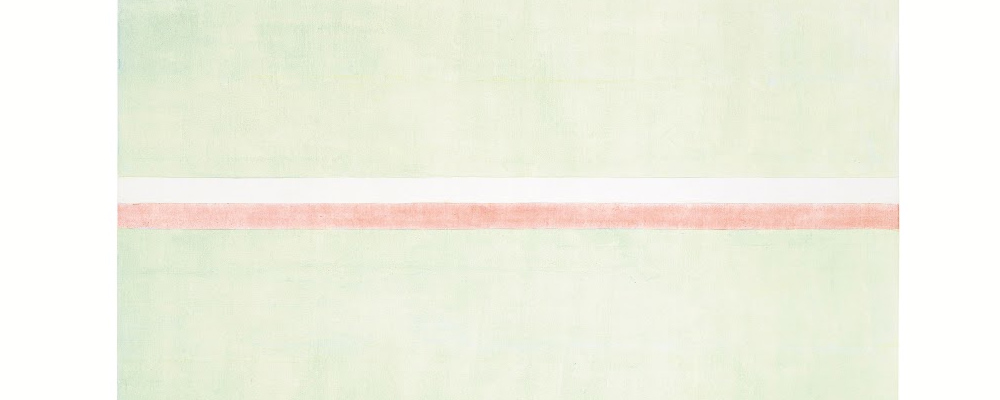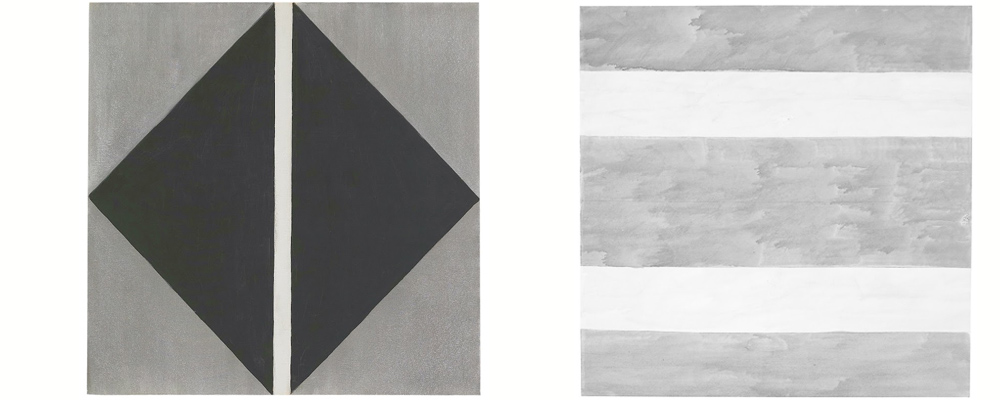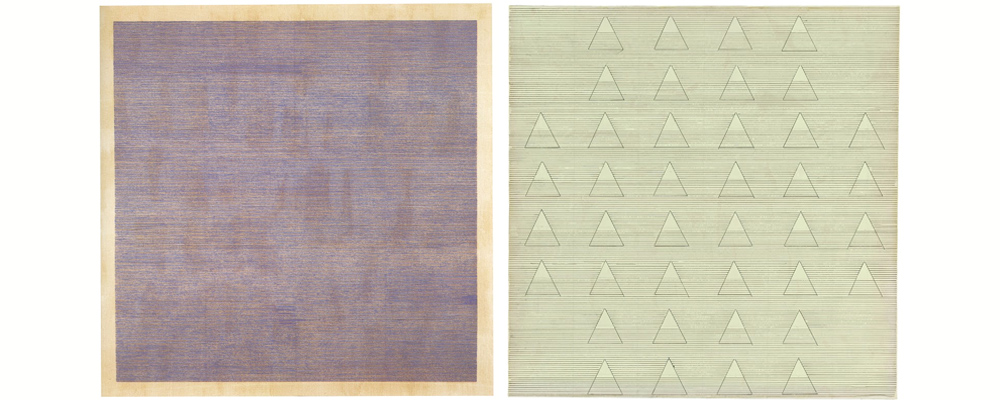Groundbreaking Female Modern Artist Agnes Martin Subject of LACMA Retrospective
Sandra Miska
The works of minimalist artist Agnes Martin are now on display at LACMA until September. She is considered a pioneer of modern art, especially in the worlds of abstraction and minimalism and this exhibition is the first comprehensive retrospective of the artist’s work since her death in 2004.
Martin was born in 1912 in the Canadian prairies and relocated to Bellingham, WA, in 1931 to help her pregnant sister. She settled in the United States and went on to study education and art at the Teachers College in New York. She became an American citizen in 1950 and soon moved to the remote town of Taos, New Mexico. It was in New Mexico where Martin first explored abstraction. The art she created during this period was influenced by the desert landscape and Native American culture she encountered.
Martin returned to New York in ‘57 at the insistence of her art dealer, Betty Parsons, who also represented Jason Pollack. Once settled into Lower Manhattan, Martin began to work with shapes and created geometric compositions featuring neutral, earthy colors such as gray, pale green and beige. In the ‘60s, she created grids penciled onto monochromatic surfaces.
From 1967 to 1974, Martin took a hiatus from art and left New York and most of her possessions. She first embarked on an 18-month journey throughout the United States and Canada before resettling in New Mexico. This time, she lived in a remote area in an adobe structure that she built herself. During this meditative period, Martin put down her paintbrush for a pen and wrote about beauty and her creative process.
At age 62, Martin began the second period of her career, which was shaped by the vast desert landscape and her simple lifestyle. Her color palette changed to more radiant shades including pale blues and pinks. In the late ‘70s and ‘80s, she explored various shades of gray while she used more luminous hues in the ‘90s. Martin died in 2004 in New Mexico.
The LACMA retrospective will examine both periods in Martin’s career. “For Martin, the essential function of art was to capture abstract emotions such as innocence, happiness, and love,” says the museum.
“Agnes Martin” will be on display at the LACMA April 24 – Sept. 11.





